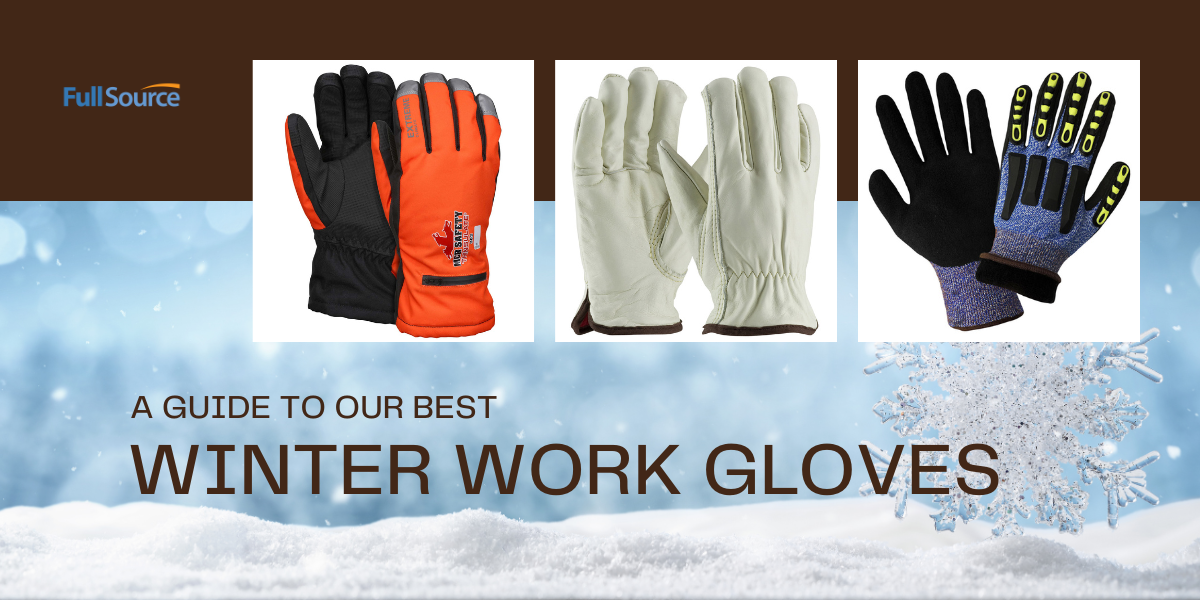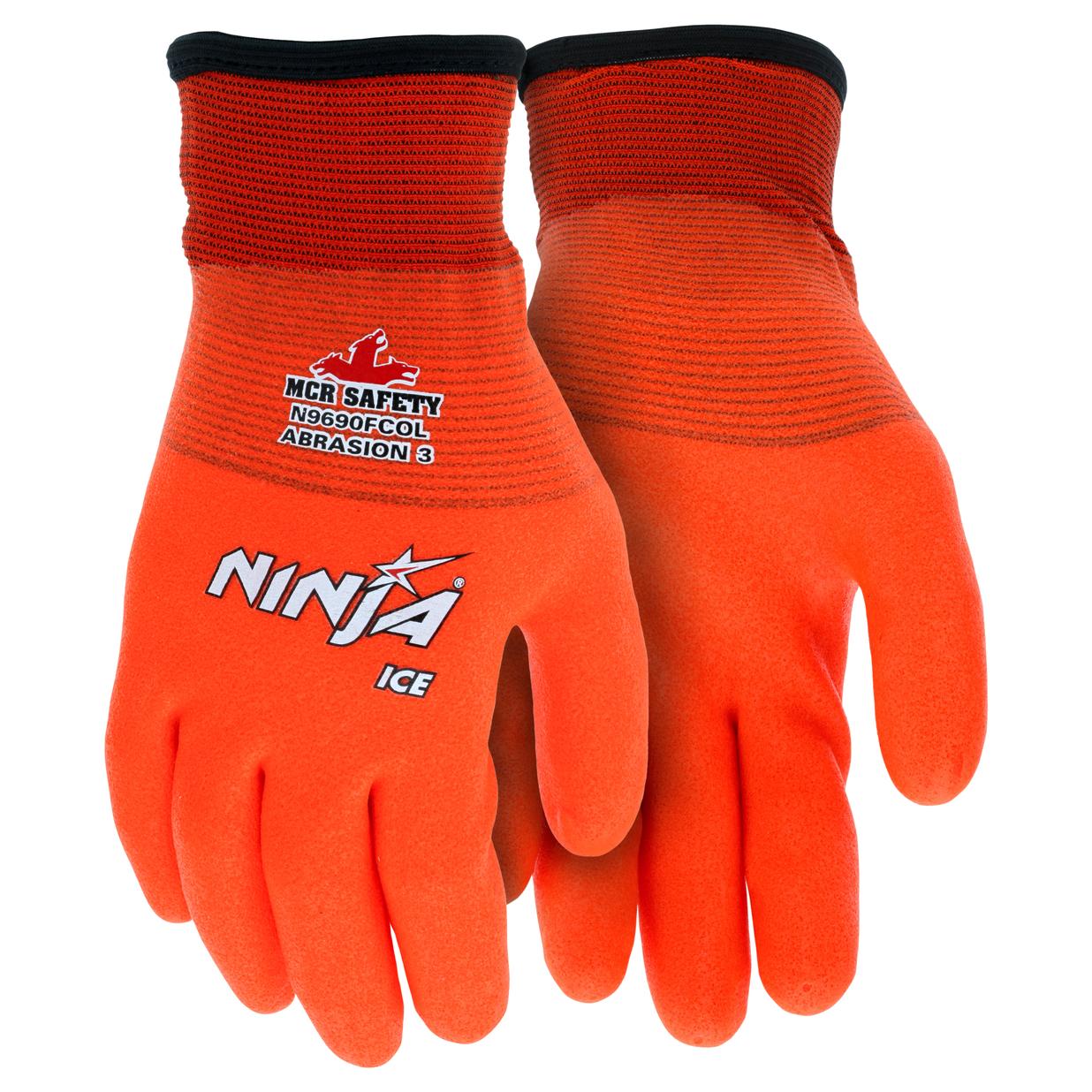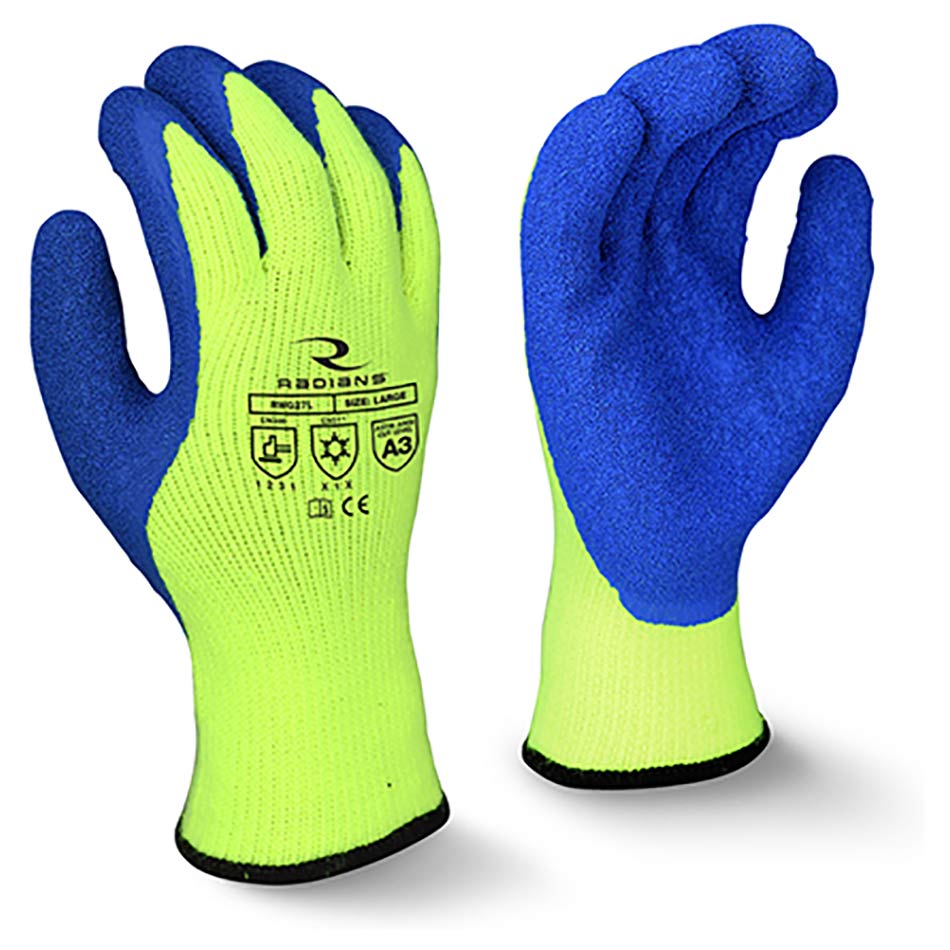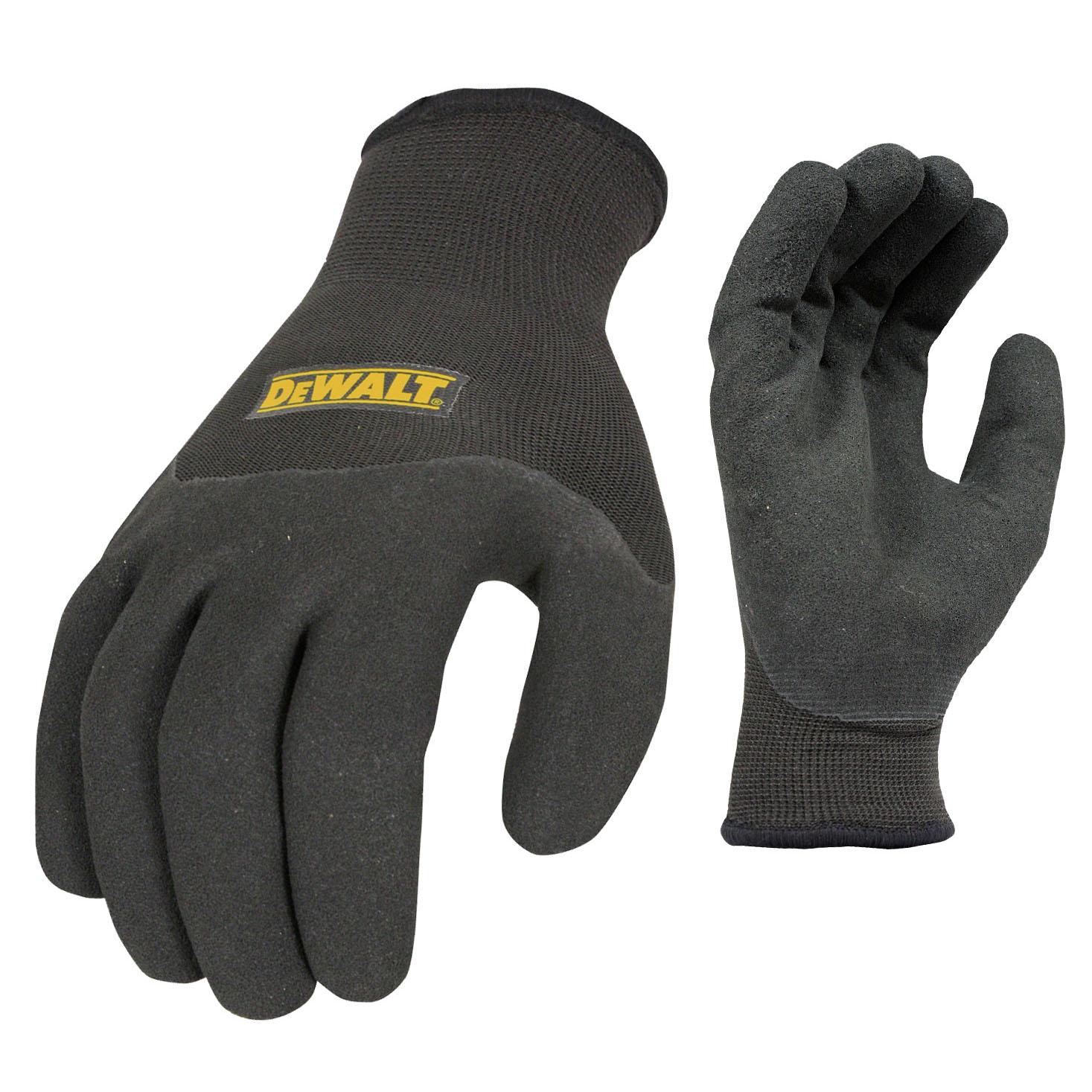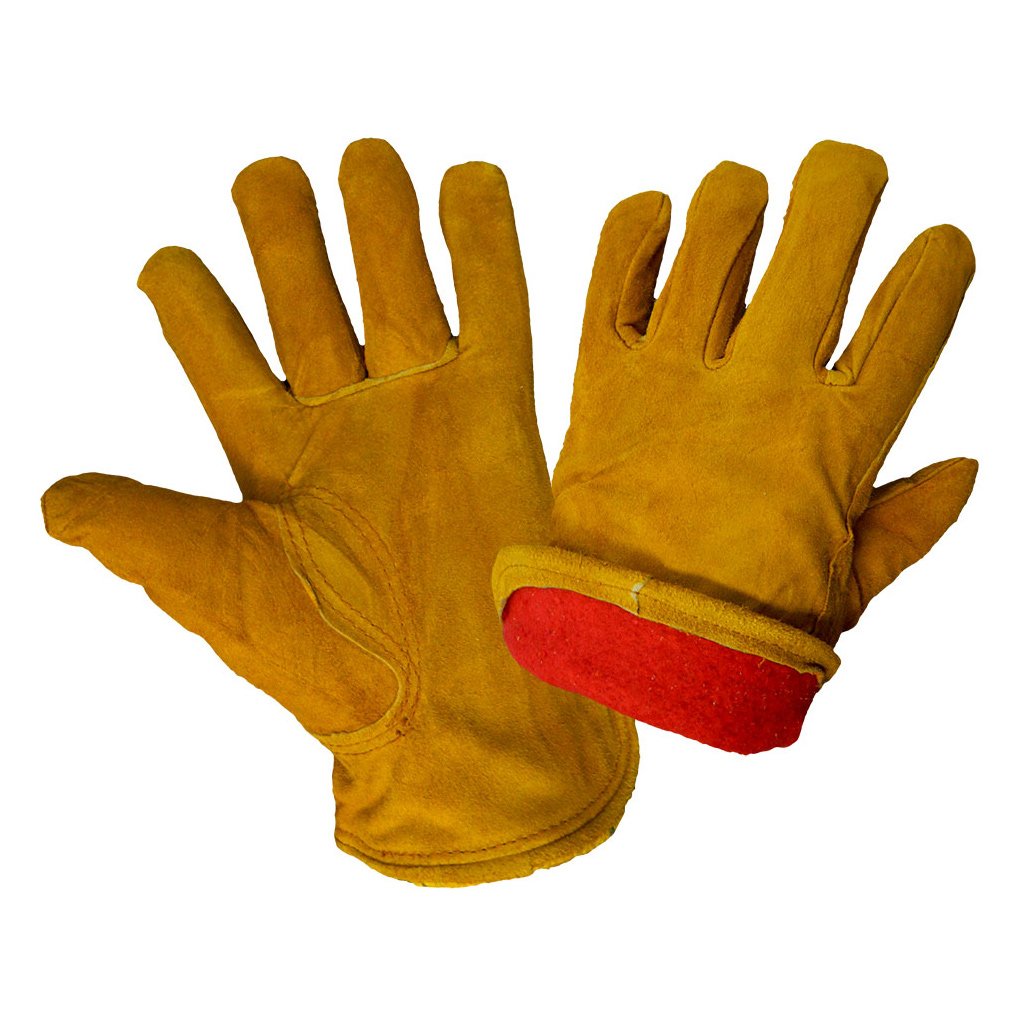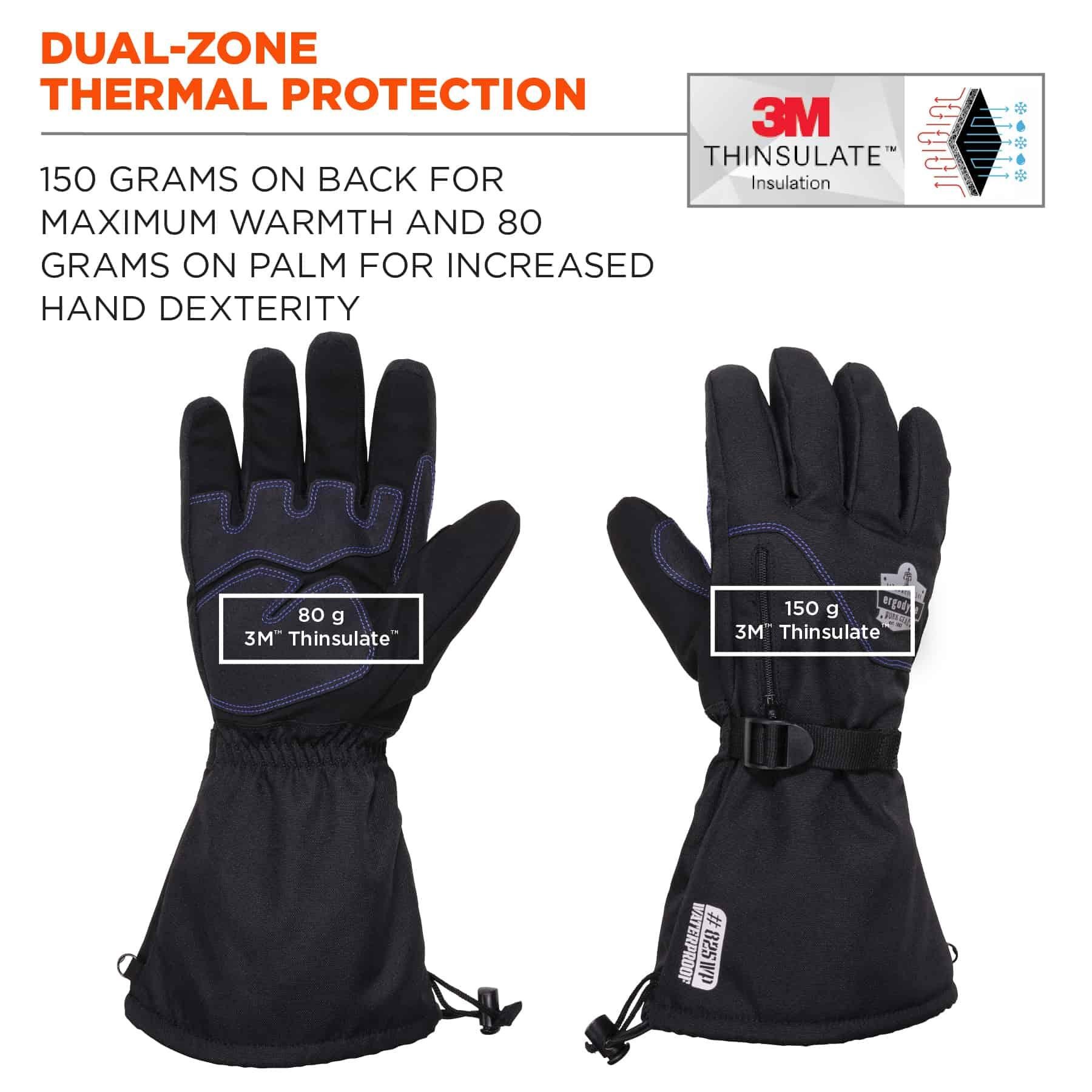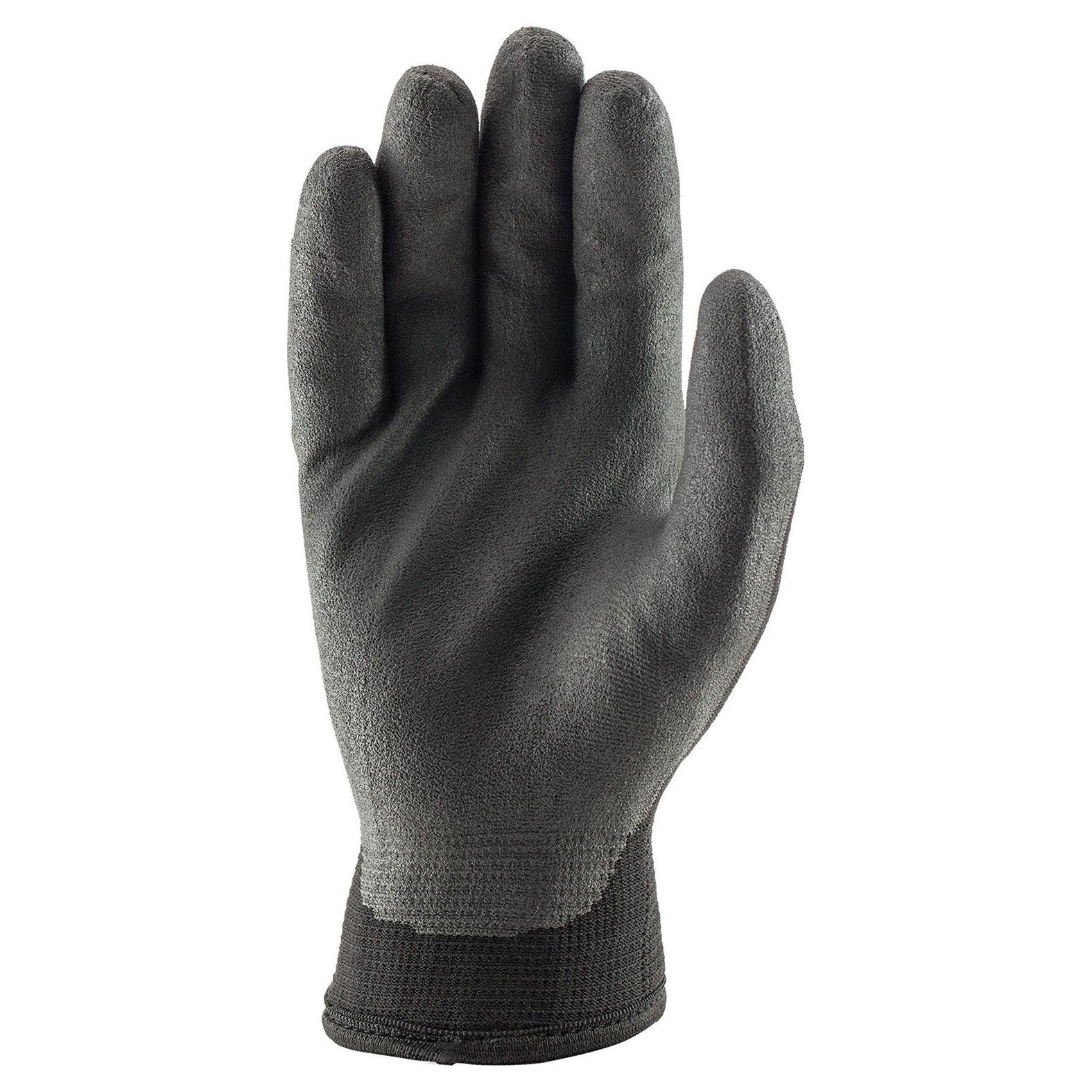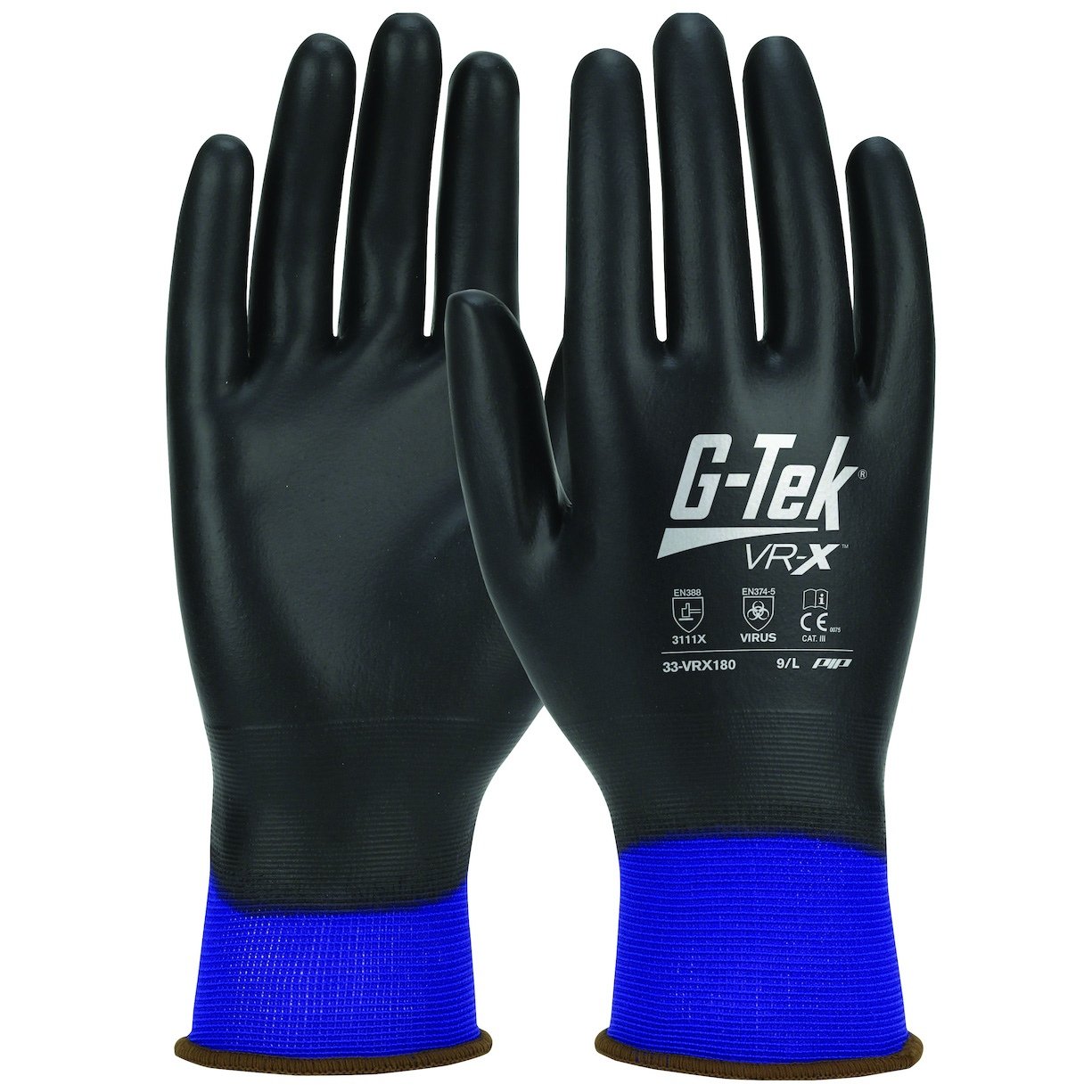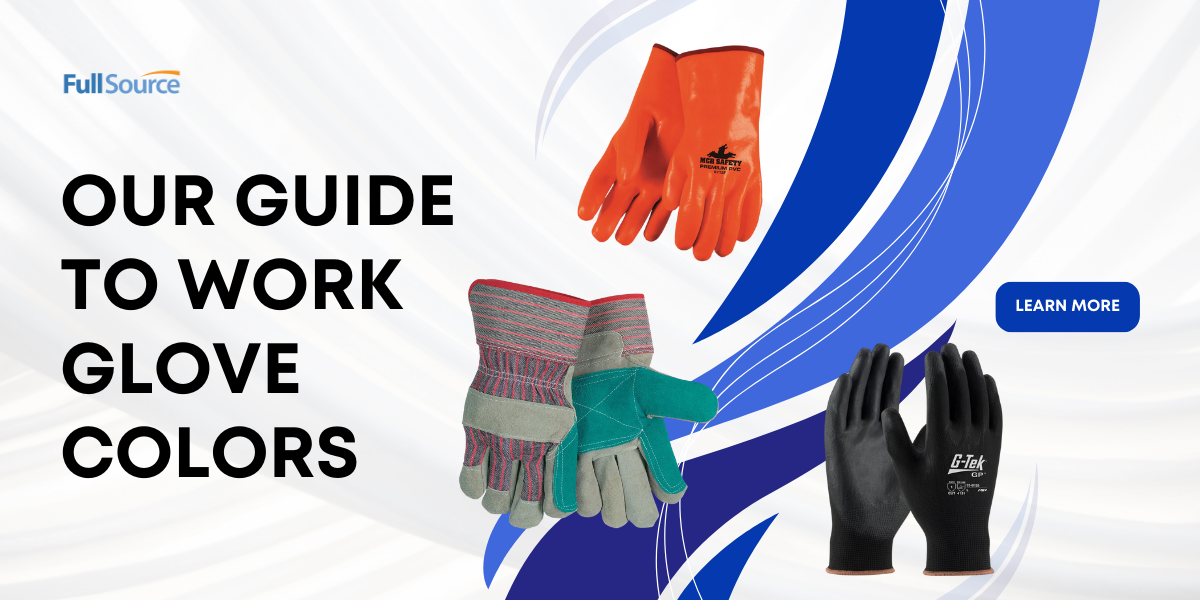Winter is fast approaching, and with it comes frosty temperatures that can make even the simplest tasks a chilling ordeal. From construction workers to gardeners, we all know how crucial it is to keep our hands protected during these harsh months. That’s why we created our guide to the best winter work gloves – those unsung heroes that shield our most valuable tools: our hands. Join us as we uncover the essential features of quality work gloves. And equip you with everything you need to protect your hands this winter season!
Introduction to Winter Work Gloves
First of all, winter brings along many challenges and one of the most crucial ones is staying protected from the harsh weather conditions. While we tend to bundle up with layers of warm clothing, one area that often gets neglected is our hands. Our hands are constantly exposed to the elements, especially when working outdoors. This makes them vulnerable to frostbite, chapping, and other cold-related injuries. And our large selection of best-selling winter work gloves are from trusted brands. This includes brands like Global Glove, PIP, Radians, and MCR Safety.
In this section, we will discuss the importance of wearing work gloves in winter and how they can help protect your hands from potential harm.
1. Protection from Frostbite and Hypothermia:
The primary function of work gloves in winter is to provide protection against frostbite and hypothermia. When temperatures drop below freezing point, our hands are at risk of losing heat quickly due to their high surface area-to-volume ratio. This can cause numbness, loss of sensation and even tissue damage if left unprotected for too long.
Also, quality work gloves act as a barrier between your skin and the cold weather. And they trap body heat inside while keeping out cold air and moisture. This helps maintain an optimal temperature for your hands even in extreme weather conditions.
Improve Hand Protection
2. Prevents Chapping and Dryness:
In addition, cold temperatures often lead to dry skin. And this causes chapping or cracking on your hands. As a result, this not only causes discomfort. But also increases the risk of infection as bacteria can enter through broken skin.
Wearing work gloves helps lock in moisture by preventing direct contact with cold air and wind, keeping your hands hydrated and nourished. Look for gloves with a waterproof or water-resistant outer layer to further protect your hands from the elements.
3. Improved Grip and Dexterity:
Because our hands tend to get cold and stiff in winter, it is often difficult to perform tasks that require fine motor skills. This is problematic for those who work in outdoor jobs such as construction, landscaping or farming.
And work gloves with good insulation and a snug fit help enhance blood circulation, keeping your hands warm and flexible. This allows for better grip and dexterity, making it easier to handle tools and objects with precision.
Key Features to Look for in the Best Winter Work Gloves
Also, when it comes to choosing the right winter work gloves, there are several key features that you should look for. And these ensure maximum protection and comfort while working. These features can make a significant difference in how well your hands are protected from the harsh winter weather. As well as providing you with the dexterity and flexibility necessary for completing tasks efficiently. In this section, we will discuss some of the essential features to consider when selecting quality winter work gloves.
Insulation:
One of the most crucial aspects of any winter work glove is its insulation. Insulation helps keep your hands warm by trapping heat inside the glove, preventing it from escaping into the cold air. Look for gloves with high-quality insulation materials such as Thinsulate or Gore-Tex, which provide excellent warmth retention without adding too much bulk to the glove. The thickness of the insulation will also determine the level of warmth. Also, gloves like the Mechanix CWKLD-75 Durahide Insulated Driver Gloves include a heavyweight Sherpa lining. This not only keeps your hands warm, but also wicks moisture away. And a 3M Thinsulate layer traps warm air that helps regulate body temperature in cold environments.
Waterproofing:
Another critical feature to look for in quality winter work gloves is waterproofing. Whether you’re working in snow or rain, wet hands are not only uncomfortable but can also lead to various health problems such as frostbite. Look for gloves that have a waterproof lining or membrane. Additionally, check if the seams on the gloves are sealed properly to prevent any water seepage through them. And styles like the Ergodyne ProFlex 7501 winter gloves include a fully coated latex barrier that protects your hands from water and cold air. The dual layer of latex and nitrile remains flexible in cold weather for easy handling of equipment.
Winter Work Glove Features
Grip and Dexterity:
In addition, having good grip and dexterity is vital when working in cold conditions. Look for gloves with non-slip materials on the palm and fingers, such as rubber or latex, to ensure a secure grip on tools and equipment. Inspect the gloves for flexibility and how well you can move your fingers while wearing them to ensure they won’t hinder your work. And gloves like the Radians RWG17 feature a dipped micro finish latex coating. This coating offers abrasion protection and extra grip.
Durability:
Winter work gloves need to withstand harsh conditions day after day, so it’s crucial to choose a pair made of durable materials that can last through multiple seasons. Leather gloves are known for their durability, but they may not be suitable for very cold temperatures. Look for gloves made from synthetic materials like nylon or polyester, which are resistant to wear and tear and offer better insulation than leather. Winter work gloves like the MCR Safety Ninja N9691 feature the latest hand protection technology. The Hypermax shell offers durability with ANSI A4 cut protection, extra grip, and cold resistance.
Cuff Length:
Also, the length of the cuff on winter work gloves make a difference in how well they protect your hands from the cold. Gloves with longer cuffs provide better coverage, preventing snow or water from entering the glove from your wrist. They also help keep your hands warmer by preventing cold air from reaching inside the glove. And gauntlet cuff work gloves extend the protection past your wrist. Wear these with your winter work jacket and shield yourself from the cold and wind. Best selling gauntlet work gloves include the MCR Safety 1220SX, MCR Safety MU3624K, and MCR Safety 12010.
Insulation for Warmth
One of the most important features to consider when choosing work gloves for winter is insulation. This is what will keep your hands warm and protected against the cold temperatures, wind, and snow. Insulation refers to the material or layer that traps heat inside the glove, keeping your hands warm even in freezing temperatures.
When it comes to insulation, there are a few different options available in work gloves. The most common materials used for insulation are Thinsulate, fleece, and synthetic fibers such as polyester or nylon. Each has its own unique properties and can provide varying levels of warmth.
Thinsulate is a popular choice for winter work gloves due to its lightweight yet highly effective insulating properties. It is made up of tiny microfibers that trap air molecules and create a barrier against cold air. This makes it highly efficient at retaining body heat while still allowing moisture to escape, keeping your hands dry and comfortable. And styles like the MCR Safety FF2932 ForceFlex insulated mechanics glove offer D3O technology along with 100 gram Thinsulate lining.
Fleece is another commonly used material for insulation in work gloves. It is soft, lightweight, and provides good warmth retention. However, compared to Thinsulate, it may not be as effective in extreme cold temperatures as it does not have the same level of moisture-wicking capabilities.
Synthetic fibers like polyester or nylon are often used in conjunction with other insulating materials to provide an extra layer of warmth. They are lightweight and water-resistant but may not be as efficient at trapping heat on their own.
Water and Wind Resistance
When it comes to finding the perfect work gloves for winter, one of the most important features to consider is their water and wind resistance. As temperatures drop and harsh weather conditions become more common, having gloves that can protect your hands from these elements is crucial for both comfort and safety. And this is true for a variety of industries including construction, landscaping, and manufacturing.
Water Resistance:
Another factor that contributes to hand injuries during the colder months is prolonged exposure to wet or damp conditions. This can not only lead to discomfort and chapped skin, but also increase the risk of frostbite or other cold-related injuries.
To combat this, look for work gloves with a high level of water resistance. This means that they are designed to repel moisture and keep your hands dry even in wet or snowy environments. Some materials are naturally more water-resistant than others; for example, leather gloves tend to be highly resistant while cotton may absorb moisture easily. And our leather winter work gloves include premium cow grain, goatskin, and pigskin leathers.
Cold Weather Protection
In addition, some brands offer specific waterproofing technologies such as Gore-Tex or Thinsulate lining which provide an extra layer of protection against water infiltration. These types of gloves are especially useful for outdoor workers who need reliable hand protection in all types of weather conditions. And winter work gloves like the LIFT Safety GOW-17 Option glove not only feature 3M Thinsulate, but also include a Hipora water-resistant liner.
Wind Resistance:
While many people may focus on keeping their hands warm during winter, it’s equally important to consider protecting them from strong winds as well. Cold winds can quickly strip away body heat and cause numbness or even dangerous conditions like hypothermia.
Grip and Dexterity
Also, grip and dexterity are essential features of quality work gloves. They play a crucial role in ensuring your safety and productivity while you work. In the cold winter months, these features become even more important as extreme weather conditions can affect your ability to grip objects and perform tasks with precision. And most of our best-selling winter work gloves feature enhanced grip.
When it comes to grip, there are a few key factors that determine how well a work glove will hold onto objects. The first is the material of the glove’s palm. A good quality work glove should have a palm made from durable materials such as leather or synthetic materials like rubber or neoprene. These materials provide excellent friction and allow for a firm grip even in wet or slippery conditions.
Extra Grip
Another factor that affects grip is the texture of the palm surface. Many work gloves come with textured palms that enhance their gripping abilities. For example, some gloves have diamond-shaped patterns on their palms, while others have ridges or dots that increase friction between your hand and the object you’re holding onto. And winter work gloves like the Global Glove 300IN Ice Gripster rubber dipped low temperature gloves include an etched rubber palm. This enhances grip in cold weather.
In addition to material and texture, the fit of the glove also plays an important role in its gripping capabilities. A well-fitted glove ensures maximum contact between your hand and the object being held, resulting in better grip and control. And our winter work gloves range in size from XS to 3X.
Durability and Longevity
Durability and longevity are two crucial factors to consider when purchasing work gloves for the winter season. As a worker, you want your gloves to withstand the harsh conditions and protect your hands throughout the entire season without having to constantly replace them. In this section, we will discuss why durability and longevity should be top considerations in your search for quality work gloves.
1. Material Quality:
The first thing to look for in a durable pair of work gloves is the material used. High-quality materials such as leather, synthetic materials like nylon or string knit, and heavy-duty fabrics like Kevlar are known for their strength and ability to withstand wear and tear. These materials also offer excellent insulation against cold weather, making them ideal for winter use.
2. Reinforced Seams:
Another aspect that contributes to the durability of work gloves is reinforced seams. The constant movement of hands while working can put a strain on the seams, causing them to weaken over time. Look for gloves that have double-stitched or triple-stitched seams as they provide extra reinforcement and prevent tearing or fraying.
3. Abrasion Resistance:
Work environments often involve handling rough surfaces, tools, or equipment that can cause abrasions on the palms and fingers of your gloves. It is essential to choose gloves with high abrasion resistance as they will last longer without showing signs of wear and tear. Materials like leather are known for their exceptional resistance to abrasions. And string knit work gloves in the MCR Safety Ninja series also provide enhances abrasion resistance.
Different Types of Winter Work Gloves
When it comes to working in cold weather conditions, one of the most important things to consider is keeping your hands warm and protected. This is where winter work gloves come into play. These specialized gloves are designed to provide insulation and protection for your hands, making them an essential piece of gear for anyone who works outdoors during the colder months.
However, not all winter work gloves are created equal. There are various types available on the market, each with their own unique features and benefits. In this section, we will discuss the different types of winter work gloves so you can choose the right one for your specific needs.
Waterproof or Snowproof Gloves
When it comes to working in cold and wet conditions, having a pair of waterproof or snowproof gloves is essential for protecting your hands. These types of gloves are specifically designed to withstand harsh weather conditions and keep your hands warm and dry, allowing you to work comfortably without worrying about frostbite or discomfort.
But what exactly makes a glove waterproof or snowproof? And how do you know if the gloves you’re purchasing will actually provide the protection you need? In this section, we’ll break down the essential features of quality waterproof or snowproof gloves so that you can make an informed decision when selecting your winter work gear.
Waterproof Materials
The most important aspect of any waterproof or snowproof glove is the materials used to make it. Look for gloves made from materials such as neoprene, Gore-Tex, or polyurethane – all known for their high level of water resistance. These materials act as a barrier against moisture, preventing it from seeping into the glove and making your hands wet.
Warm Winter Work Gloves
Seam Sealing
In addition to using waterproof materials, it’s important to ensure that the seams of the gloves are also sealed properly. This means that there are no gaps or openings where water can enter. Some manufacturers use special techniques like heat sealing to ensure that their gloves are completely watertight.
Insulation
While keeping your hands dry is crucial in cold weather, it’s equally important to keep them warm. Quality waterproof or snowproof gloves should have some form of insulation to trap heat and prevent your hands from getting too cold. Look for gloves with a soft, fleece lining or thermal insulation to provide warmth and comfort. Our best selling fleece work gloves include the DeWalt DPG750, MCR Safety 7900, and LIFT Safety G8W-18S.
Grip and Dexterity
Working in wet or snowy conditions can make it challenging to maintain a good grip on tools or equipment. That’s why it’s important to look for gloves that offer both waterproofing and good grip. Some waterproof gloves have textured palms or fingers to improve grip, while others have reinforced areas for better control. It’s also important to ensure that the gloves are not too bulky. This can hinder dexterity and make it difficult to perform tasks.
Cuff Design
The cuff design of waterproof or snowproof gloves is another important factor to consider. A longer cuff that extends past the wrist can provide extra protection against water and snow entering the glove from the top. Some gloves also come with adjustable cuffs so you can tighten them around your wrist for a snug fit.
How to Choose the Right Size and Fit for Your
Choosing the right size and fit for your work gloves is crucial to ensuring maximum protection and comfort. Ill-fitting gloves can compromise their effectiveness, leading to discomfort and possible injuries. And we offer winter work gloves in sizes for men and women. Here are some tips on how to choose the right size and fit for your work gloves:
1. Measure Your Hands
The first step in choosing the right glove size is to measure your hands. Use a measuring tape to determine the circumference of your dominant hand, just below the knuckles. This measurement will correspond with a specific glove size, which you can find on most glove sizing charts.
2. Consider Your Hand Shape
Aside from hand circumference, it’s also essential to consider your hand shape when choosing the right size of work gloves. Some people have wider or narrower palms or longer fingers than others. So it’s crucial to try on different sizes and styles of gloves before making a purchase.
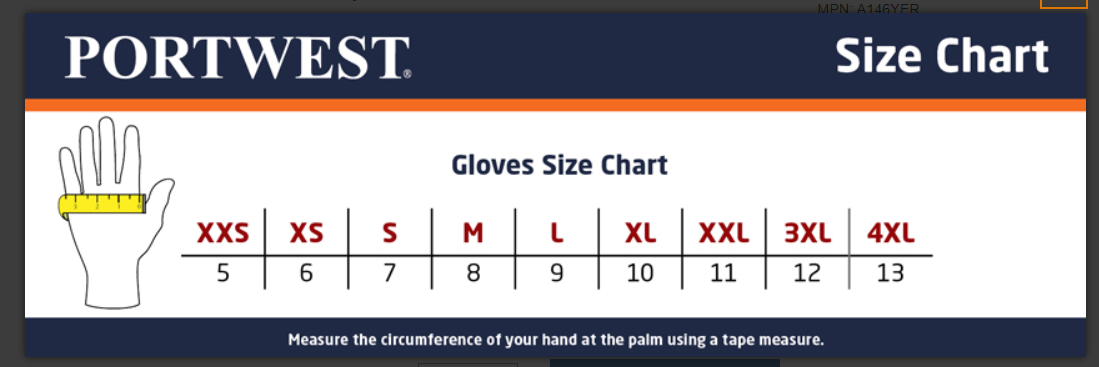
3. Check Manufacturer Sizing Charts
Different brands have different measurements for their glove sizes, so it’s best to check their sizing charts before buying. These charts often include specific measurements for each glove size as well as instructions on how to measure your hands correctly.
Conclusion
In conclusion, as the winter season approaches, it is important to take care of our hands while working in cold conditions. Investing in quality work gloves with essential features such as insulation, waterproofing, and durability, we can ensure that our hands are protected from harsh weather and potential injuries. With these tips in mind, you can choose the perfect pair of winter work gloves to keep your hands warm and safe during the cold weather season. Don’t compromise on protecting your most valuable tools – your hands!

